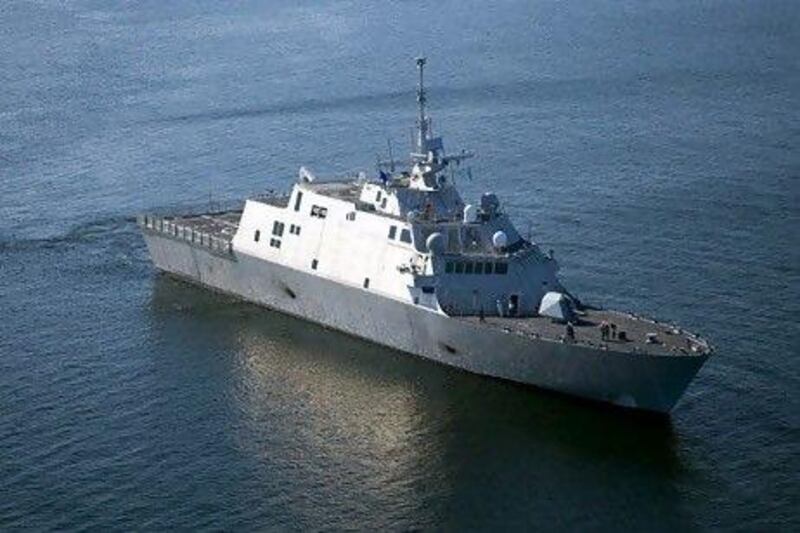The rise of piracy and the growing threat of massed attacks by swarms of small, fast, heavily armed attack craft are forcing warship builders to reassess the type of ships that navies of the future will need.
Also, as the recession-hit major western powers slash their defence budgets, shipbuilders are now looking to emerging nations, with their own defence requirements, to sell their wares.
Just how far this shift in emphasis has moved emerged at the Euronaval expo outside Paris last week.
Thales, the French arms maker, and the United Kingdom's BAE Systems were among defence companies saying they were increasing their focus on developing and selling into the offshore patrol ship market, as countries especially in the Middle East modernise and expand their fleets.
The market for offshore patrol vessels in the next 10 to 15 years is estimated at US$22.4 billion (Dh82.26bn), driven by growing concerns about piracy and protecting offshore areas of economic interest, said Ian Leach, a business development executive for BAE's naval ships business.
"There is major growth in the market for offshore patrol vessels," said the Thales chief executive, Luc Vigneron.
"We are going towards lighter, less complex, less expensive equipment because the overall trend on surface ships is to lighter, smaller and less expensive ships."
Much of their focus is on patrol ships in the 90-metre-plus class that can go out to about 200 nautical miles.
The lower price of such vessels compared with larger warships has made this sector among the fastest-growing for navy equipment providers.
However, Lockheed Martin used the expo to announce it was developing a version of its Littoral Combat Ship (LCS) currently entering service in the United States Navy, for sale to friendly navies.
"We really are looking globally, but [the Middle East and South East Asia] are the two regions where we see the largest demand for our products, and the largest financial flexibility to procure," said Michele Evans, the vice president of business development at Lockheed Martin Mission Systems and Sensors.
According to Lockheed Martin, its Multi-Mission Combatant version of the LCS is "an agile, modular vessel capable of speeds in excess of 40 knots. It provides the power of a larger platform with a smaller crew of 40 (compared to the 170 crew of the Perry Class frigate it will replace), and with lengths ranging from 85 to 118 metres and displacement ranging from 1,800 to 3,500 tons." At a unit cost of $250 million-plus for hull and systems, the ship's design is intended to be adapted for a variety of missions.
"Its job is to protect the sea base and high value naval units from swarming boats, hunt down and sink diesel submarines, and clear mines in [coastal] waters. And it will do these jobs extremely well," said Rear Admiral John Kirby, the US Navy's chief of information.
"It will be the best swarm killer in the surface fleet. It will have a better anti-submarine capability than the frigate it replaces. And it will be superior to the mine warfare vessels it replaces."
It is understood Lockheed Martin will use the deployment of USS Freedom, the US Navy's first LCS, to Singapore next year, to showcase the ship to potential buyers en route, including a call to the Arabian Gulf.





